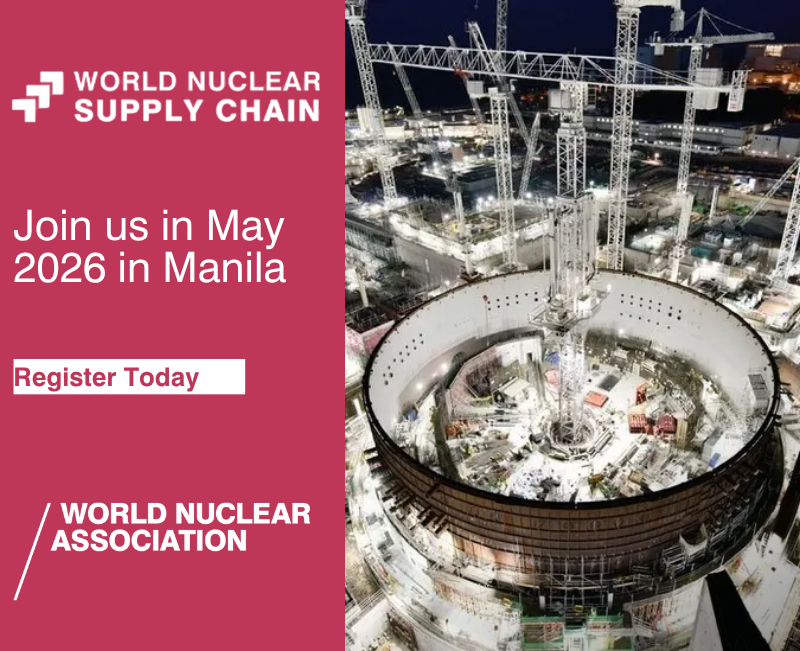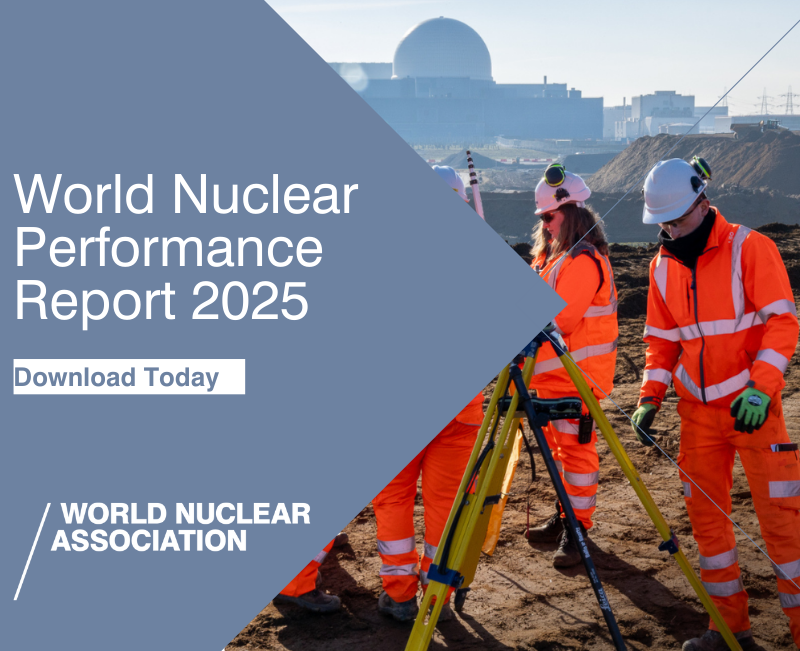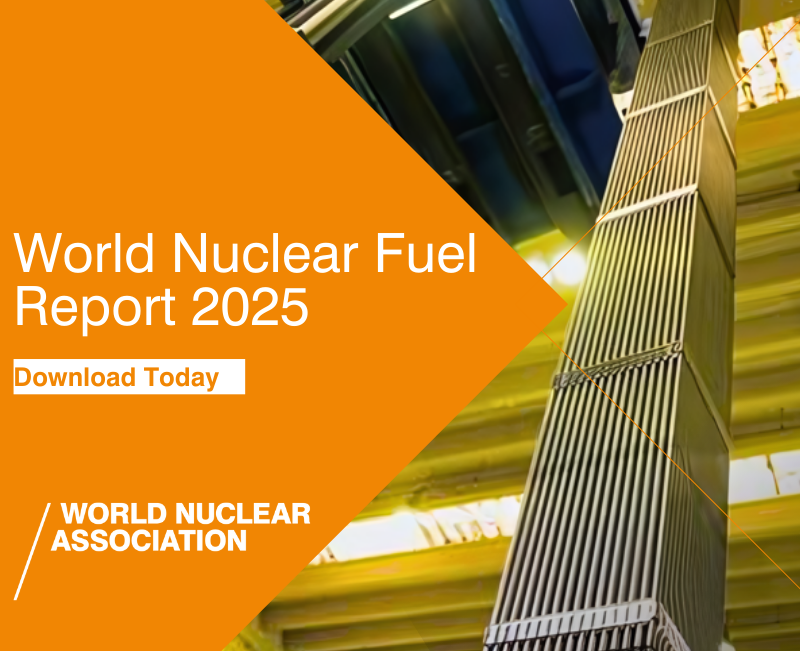The new phase of the plant - known as Leningrad II - features two VVER-1200 units, commissioned in 2018 and 2021 respectively, with a third and fourth new unit currently under construction. Together, they will replace the four RBMK-1000 units from the original 1970s phase of the Leningrad nuclear power plant.
The outer containment work involves successively constructing and erecting tiers of a reinforced steel 'cage' which will then be filled with concrete. When complete, it will be 70 metres high, 52 metres in diameter and 80 centimetres thick.
Containment buildings for nuclear power units are safety features, with the VVER-1200 involving an internal and an outer containment building as part of a double containment protection system - with the outer containment designed to provide extra protection from external hazards such as earthquakes and aircraft crashes.
Leningrad NPP-2's Evgeny Milushkin, said: "The outer containment shell will be constructed in tiers. We plan to have the first one ready as early as November. The structure, approximately four metres high, will require over 200 tonnes of steel reinforcement and nearly 600 cubic metres of concrete. Early next year, the shell will grow another four metres. The entire outer containment shell will be ready in 2028."
Construction of the inner containment is taking place at the same time as the outer containment. The lower tier of the inner containment building - with a 44-metre diameter, measuring 10 metres high and weighing 227 tonnes - was lowered into place last month. Work is also taking place on the reactor building and core catcher.
Rosatom says there are more than 1,000 people involved in the construction of the unit and the fourth new unit. The new units are scheduled to be commissioned in 2030 and 2032.
Background
The Leningrad nuclear power plant is one of the largest in Russia, with an installed capacity of 4,400 MWe, and provides more than 55% of the electricity demand of St Petersburg and the Leningrad region, or 30% of all the electricity in northwest Russia.
Leningrad 1 shut down in 2018 after 45 years of operation. Leningrad 2, also a 1,000 MWe RBMK unit, started up in 1975 and was permanently shut down in November 2020. As the first two of the plant's four RBMK-1000 units shut down, new VVER-1200 units started up at the neighbouring Leningrad II plant. The 60-year service life of these fifth and sixth units (also known as Leningrad II-1 and Leningrad II-2) secures power supply until the 2080s. Units 7 and 8 (also known as Leningrad II-3 and Leningrad II-4) will replace units 3 and 4 as they are shut in the coming years.
The pouring of the first concrete for unit 7 in March 2024 marked the start of the main phase of construction of the new power unit, which is expected to generate power for 60 years, with the possibility of a 20-year extension.

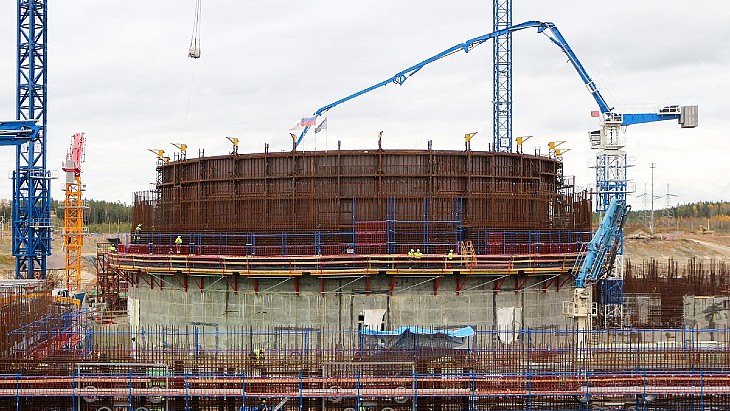



_82983.jpg)
_34792.jpg)
_16403_79272.jpg)
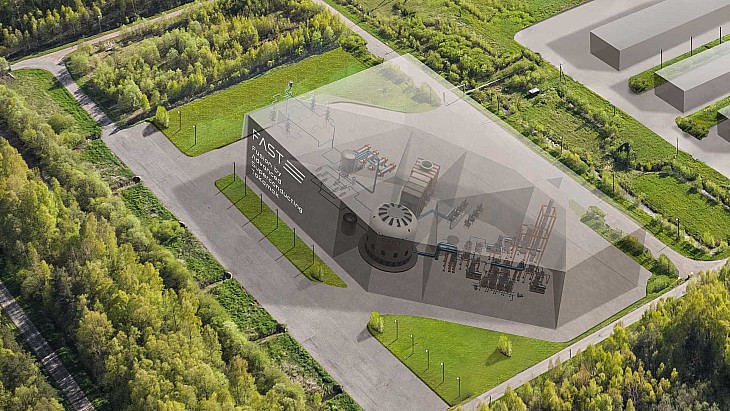
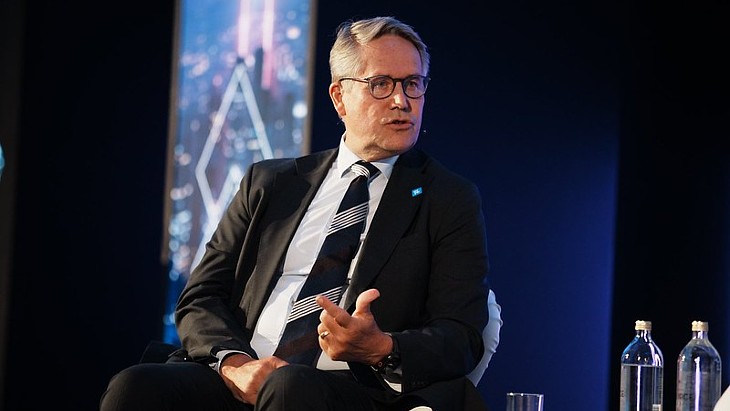
_76087_55556.jpg)
